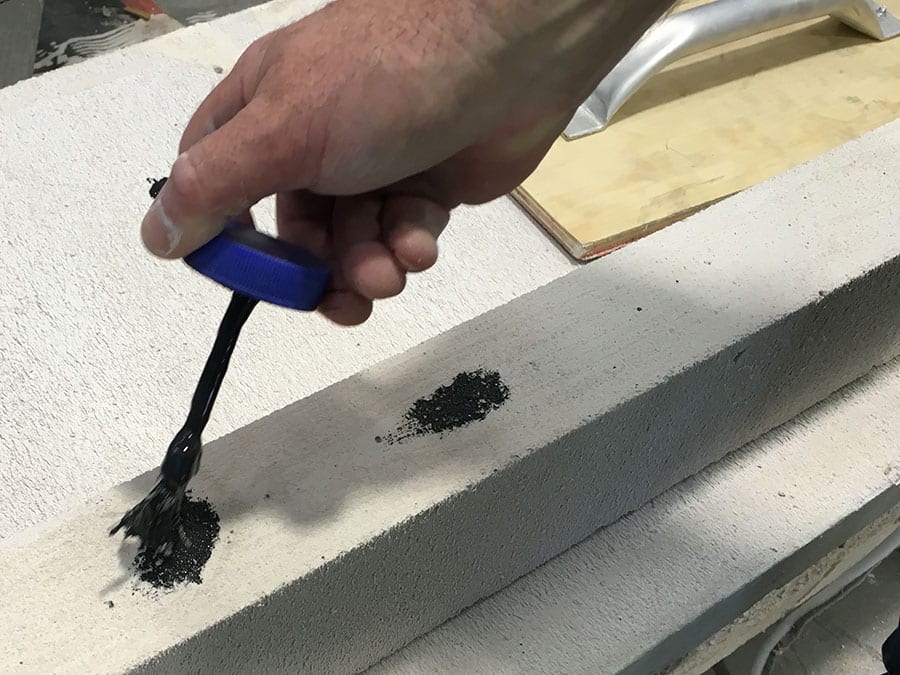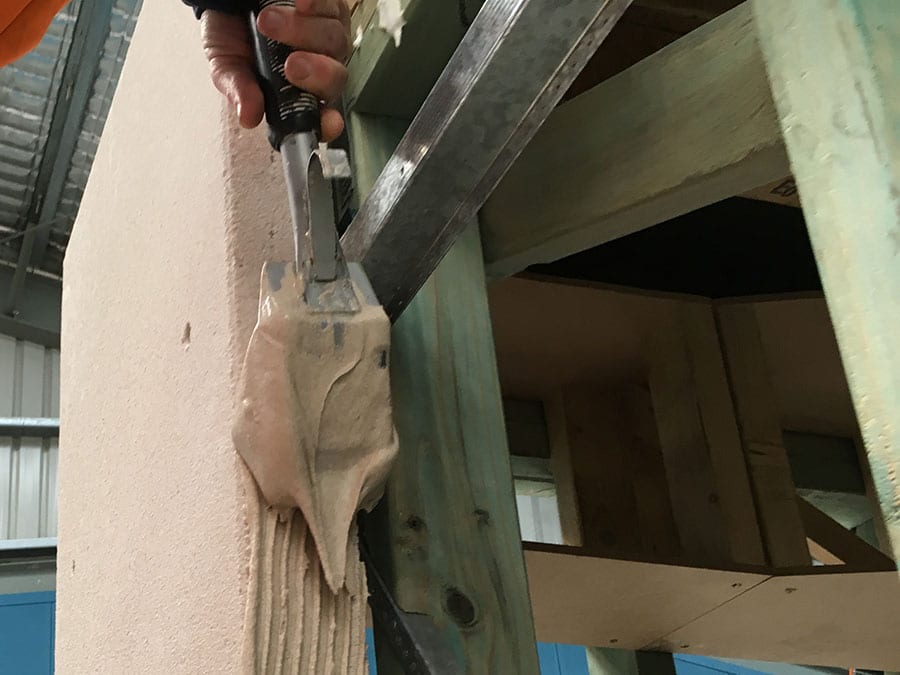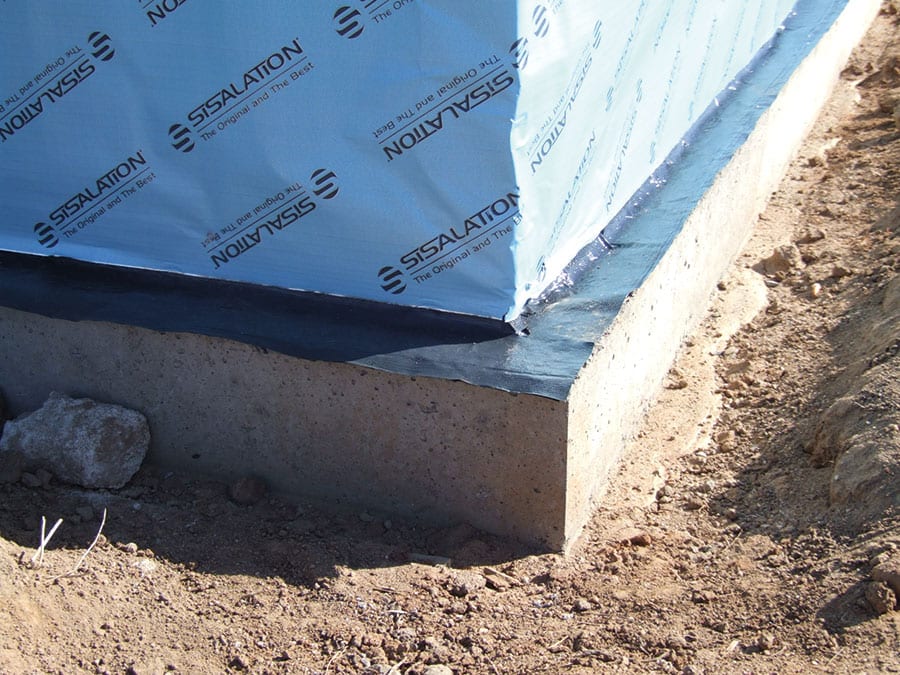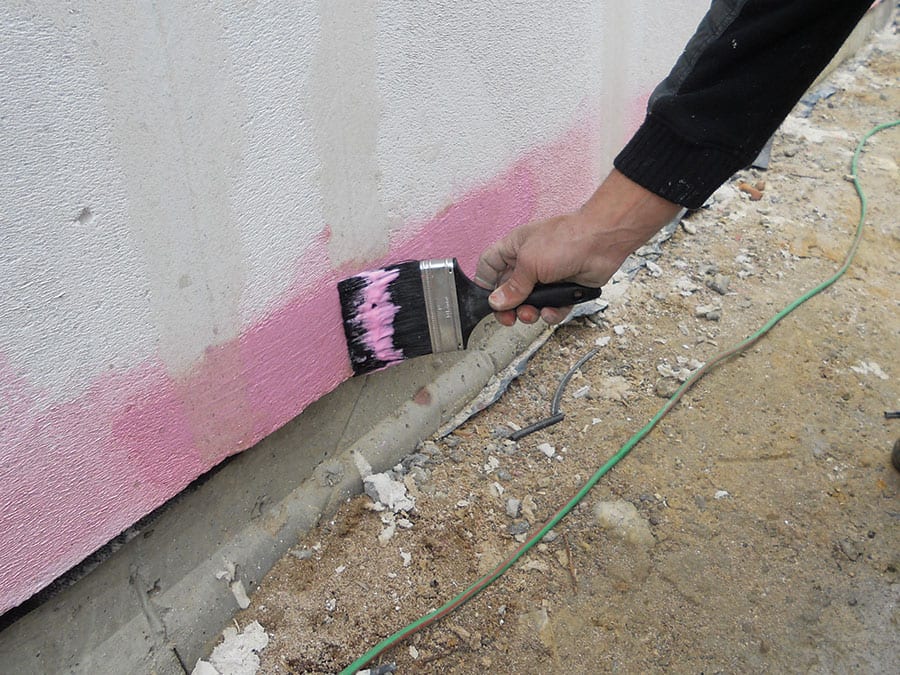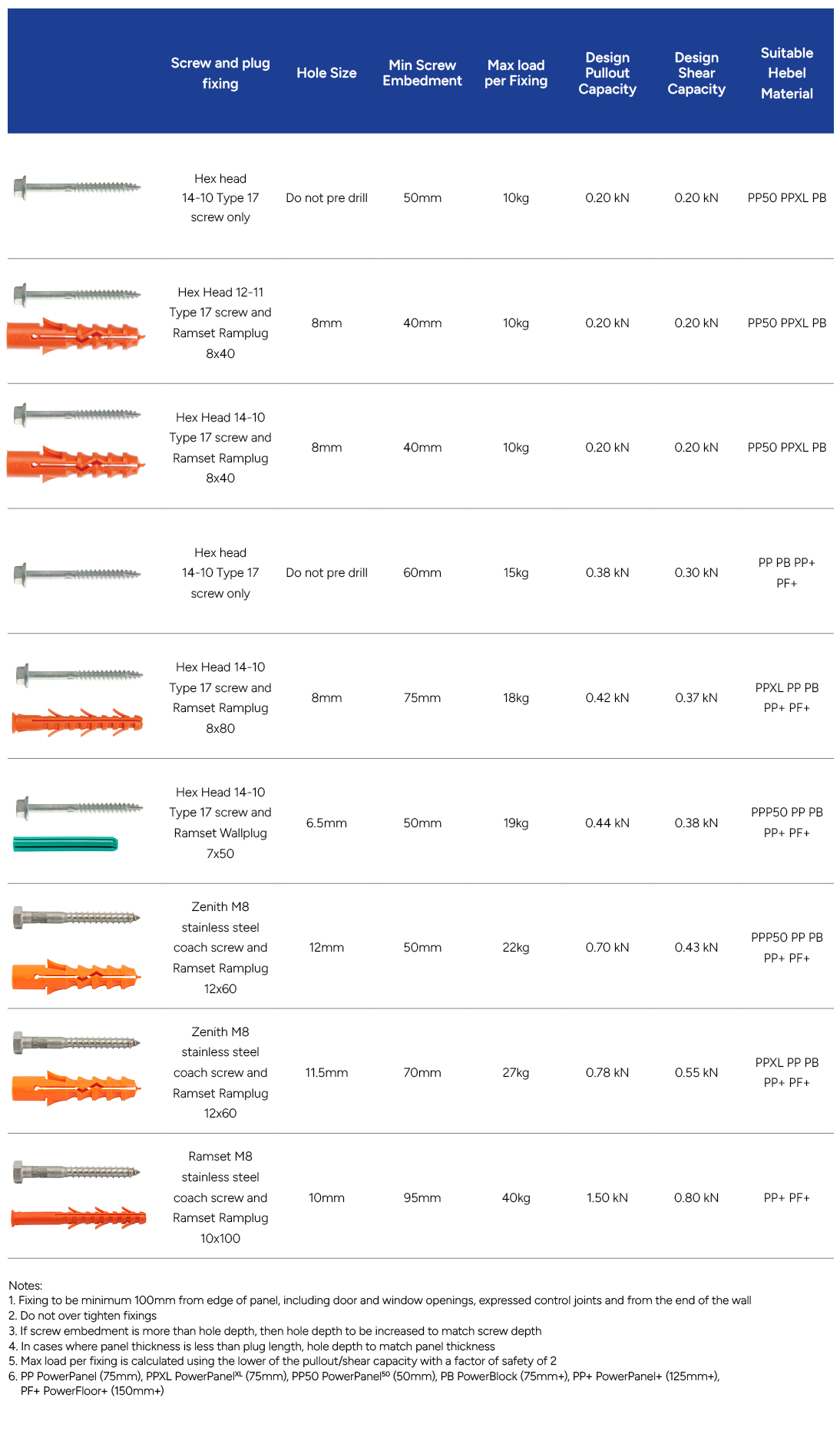Building with Hebel
Hebel is a highly versatile building product, available in blocks or panels, and suitable for use in a range of applications.
Hebel is easy and efficient to install and can result in less onsite mess and wastage compared to other masonry applications.
When installing with Hebel, it’s important you observe safe working practices. Please refer to Working Safely with Hebel for more information.
General guide to installing with Hebel
The following is a general guide to installing with Hebel. If unsure or your project requires more technical advice, seek professional advice. The Hebel customer service team may also be able to assist on 1300 712 896.
Cutting Hebel
Tools:
- For blocks – use a specially designed tungsten tooth AAC saw. For smaller projects, you can use an aggressive tooth timber hand saw
- For panels – use a circular saw fitted with a continuous rim, diamond tipped ‘turbo’ masonry blade, ideally connected to a dust extractor
Safety gear:
- P2 Dust Mask for all fabrication that creates dust
- Safety glasses
- Hearing protection when using the circular saw
- Gloves
Working safely:
- Use gloves when handling raw Hebel to avoid skin abrasion, and remember that cut panels can have exposed steel with sharp edges
- Use a proper guide fence when cutting Hebel panels
- Ensure panels or blocks are secured down when cutting
- Find out more about working safely with Hebel
After cutting:
- When cutting panels, you will likely expose some steel reinforcing mesh. This exposed steel needs to be brush-coated with Hebel Anti-Corrosion Paint to prevent rust.
Connecting or joining Hebel
Gluing Hebel to Hebel:
- Use Hebel Adhesive (20kg bag)
- When mixing the glue, it should have the consistency of runny porridge or a light aerated paste
- Once mixed, Hebel glue usually sets in 30 minutes in most conditions, with full strength overnight
- To apply Hebel adhesive, use a Hebel notched trowel – or for DIY jobs, a render trowel, notched tiling scraper or simple paint scraper
Patching Hebel blocks or panel surfaces:
- Use Hebel Patch Compound – mix according to packet instructions, and use it quickly as it will stiffen
- Sand the compound when dry
Fixing Hebel with screws:
- Always screw a minimum 50mm from edges or ends of Hebel blocks or panels
- Embed the screw 10 to 15mm below the surface
- Use Hebel Adhesive or Hebel Patch Compound to cover the screw
Connecting Hebel panels to structures:
- Connecting to walls – screw Top Hat to frame and screw Hebel PowerPanel to Tophat (see Installation Guide External Walls)
- PowerFloor – glue and screw to joist (see Installation Guide Commercial Floors)
Bedding Hebel
To install Hebel at ground level:
- Bedding mortar – mix Hebel mortar according to directions on the bag and apply onto damp proof course (DPC) under first course of blocks to a uniform thickness of between 8-10mm
- Laying damp proof course (DPC) – lay a slip joint membrane at the base of all external and internal walls to allow for differential movement between the blocks and slab/footing
- Bedding Hebel Panels onto the slab rebate – lay DPC slip joint membrane at the base of all external wall panels on the slab edge rebate to allow for differential movement between the panels and the slab and to prevent rising damp into the base of the panel (note: Hebel Mortar is not applied under the PowerPanelXL external walling systems)
Hebel in the ground
To install Hebel below finished ground level:
- Hebel panels may be embedded up to 100mm(max.) below finished ground or external pavement level.
NOTE: It is the responsibility of the builder to ensure that a suitable termite protection system is installed in accordance to AS3660 – Termite management. - Where Hebel panels are embedded below finished ground level, apply Hebel Sealer (or equivalent, but ensuring compatibility with acrylic coatings) to the base of the for a minimum height of 200mm from the base of the panel. Ensure the sealed panels are not embedded any more than 100mm below finished ground or external pavement level.
Finishing/coating Hebel
Please refer to the Coatings section and seek the advice of an experienced renderer.
Fixing to Hebel
To drill holes or use fixings with Hebel:
We are often asked about how to secure fittings to Hebel walls – items such as light fittings, taps, downpipes, clotheslines, hot water services and hose reels.
It’s important to seek advice on your individual home from your builder or designer before drilling holes or securing any loads onto Hebel walls.
Using the right fitting for the relevant fixture will help avoid damage occurring to the wall.
Holes can be drilled in Hebel walls using a masonry drill bit fitted to a standard (not rotary hammer) drill. Once the penetration has been filled with the required cables or the like, the gap around the penetration should be filled with a reputable flexible sealant such as Sikaflex polyurethane sealant.
Below is a table which outlines what you need for common fixings to Hebel.
Fixing heavy and/or vibrating loads
Heavy or items such as gates, decks, pergolas, clothes lines, carports and basketball hoops can cause vibrations or excessive loads on Hebel walls.
The solution is fixing them to posts that are independent of the wall will ensure the load isn’t directly transferred to the Hebel panels or blocks.
HELPFUL INSTRUCTIONS:
Working Safely
For detailed fixing instructions please refer to our comprehensive Design & Installation fixing guides in DOWNLOADS
Installer Checklist
Builder Checklist

